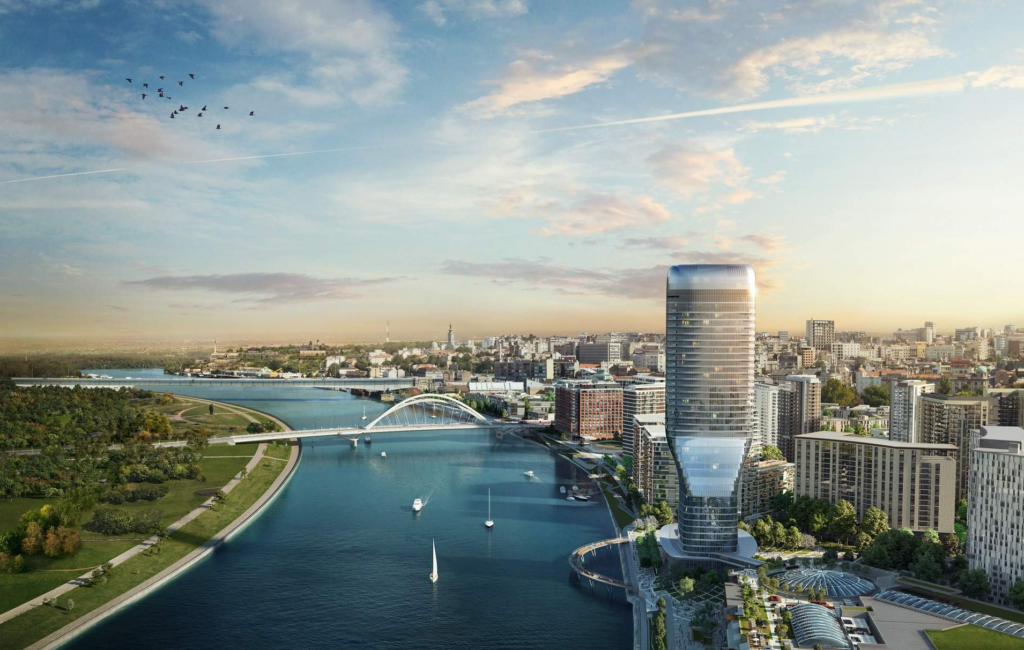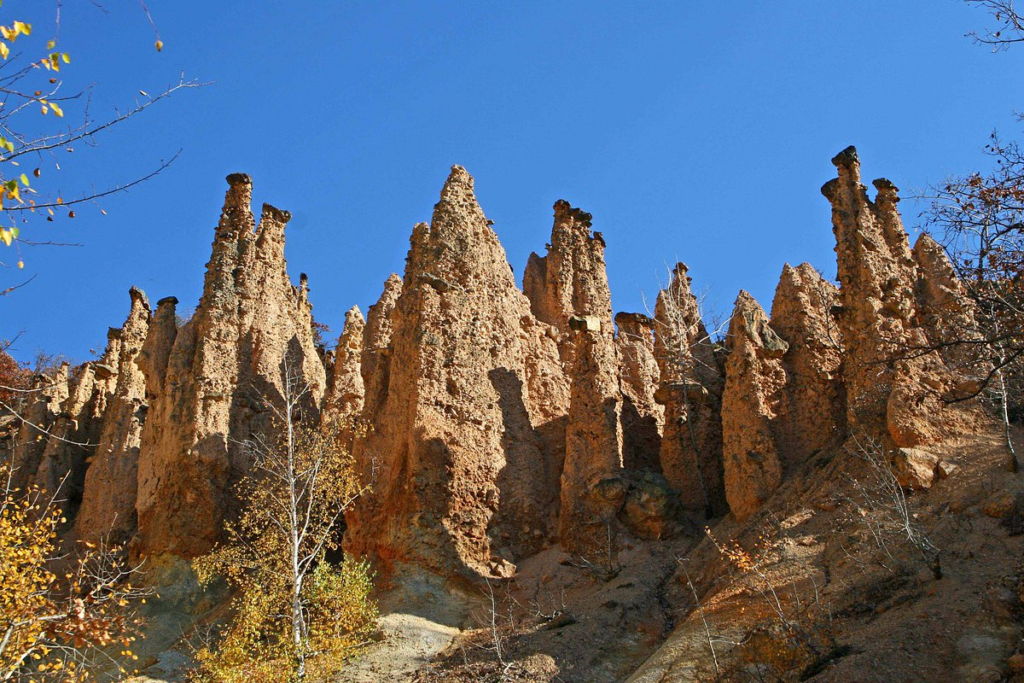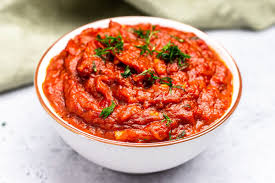Located in Southeast Europe, is a country with a rich tapestry of history, culture, and natural beauty. As a landlocked nation in the heart of the Balkan Peninsula, Serbia boasts a unique blend of Eastern and Western influences, making it a fascinating destination for travelers. Known for its vibrant cities, historic landmarks, and stunning landscapes, it offers a wealth of experiences that reflect its complex past and diverse cultural heritage. From the bustling streets of Belgrade to the serene beauty of its national parks, country invites visitors to explore its hidden gems and immerse themselves in its rich traditions.
Table of Contents
Geography
Serbia is situated in Southeast Europe, bordered by Hungary to the north, Romania to the northeast, Bulgaria to the southeast, North Macedonia to the south, Croatia and Bosnia and Herzegovina to the west, and Montenegro to the southwest. Covering an area of approximately 77,474 square kilometers, Serbia is characterized by a diverse landscape that includes mountains, plains, rivers, and lakes. The country’s geography is marked by the fertile plains of Vojvodina in the north, the rolling hills of Šumadija in the central region, and the mountainous terrain of the southern areas, including the picturesque Tara National Park.
The Danube River, one of Europe’s major rivers, flows through Serbia, providing both natural beauty and economic significance. The country is also home to the Morava and Sava rivers, which contribute to its rich ecosystem. With its varied topography and climate, Serbia offers opportunities for outdoor activities such as hiking, skiing, and river rafting, making it a popular destination for nature enthusiasts.
States of Serbia
Serbia is divided into 29 districts (including the City of Belgrade, which is treated as a separate district). These districts are the highest administrative divisions in Serbia, but the country does not have states like some other countries. Here’s a table with the names of all 29 districts in Serbia, including the City of Belgrade:
| No | District |
|---|---|
| 1 | Belgrade |
| 2 | North Bačka |
| 3 | Central Banat |
| 4 | North Banat |
| 5 | South Banat |
| 6 | West Bačka |
| 7 | South Bačka |
| 8 | Srem |
| 9 | Mačva |
| 10 | Kolubara |
| 11 | Podunavlje |
| 12 | Braničevo |
| 13 | Šumadija |
| 14 | Pomoravlje |
| 15 | Bor |
| 16 | Zaječar |
| 17 | Zlatibor |
| 18 | Moravica |
| 19 | Raška |
| 20 | Rasina |
| 21 | Nišava |
| 22 | Toplica |
| 23 | Pirot |
| 24 | Jablanica |
| 25 | Pčinja |
| 26 | Kosovo |
| 27 | Peć |
| 28 | Prizren |
| 29 | Kosovska Mitrovica |
History
The history of Serbia is marked by a rich and complex narrative that spans thousands of years. The region has been inhabited since prehistoric times, with evidence of ancient civilizations such as the Vinča culture. The medieval period saw the rise of the Serbian Kingdom, which reached its peak under the rule of Tsar Dušan in the 14th century. The establishment of the Serbian Orthodox Church and the construction of impressive monasteries during this time contributed to the development of Serbian culture and identity.
In the 15th century, The country fell under Ottoman rule, which lasted for several centuries. This period significantly impacted the country’s culture, religion, and social structure. The struggle for independence began in the early 19th century, leading to the Serbian Revolution, which ultimately resulted in the establishment of the modern Serbian state. Following the Balkan Wars in the early 20th century, Serbia became part of the Kingdom of Serbs, Croats, and Slovenes, later known as Yugoslavia.
The latter half of the 20th century was marked by political upheaval, ethnic tensions, and the dissolution of Yugoslavia in the 1990s. The country emerged as an independent nation in 2006, following the separation from Montenegro. Today, Serbia is a parliamentary republic with a diverse cultural landscape that reflects its turbulent history and the blending of various influences.
Top Ten Most Famous Places to Visit
Belgrade

Belgrade, the capital and largest city of Serbia, is a vibrant metropolis known for its lively nightlife, historical sites, and cultural diversity. Visitors can explore the historic Kalemegdan Fortress, which offers stunning views of the confluence of the Sava and Danube rivers. The city’s diverse neighborhoods, such as Skadarlija, known for its bohemian atmosphere, and Novi Beograd, with its modern architecture, showcase the eclectic character of Belgrade.
Novi Sad

Novi Sad, located on the banks of the Danube River, is the second-largest city in Serbia and is famous for hosting the EXIT Festival, one of Europe’s largest music festivals. The city’s highlight is the Petrovaradin Fortress, often referred to as the “Gibraltar on the Danube.” With its beautiful architecture, parks, and cultural events, Novi Sad is a must-visit destination for both history buffs and festival-goers.
Tara National Park

Tara National Park, located in western Serbia, is known for its stunning landscapes, dense forests, and diverse wildlife. The park offers numerous hiking trails, scenic viewpoints, and opportunities for outdoor activities such as kayaking and fishing. Visitors can enjoy the beauty of the Drina River Canyon and explore the tranquil surroundings, making Tara a perfect destination for nature lovers.
Niš

Niš is one of the oldest cities in Europe and is rich in history and cultural significance. Visitors can explore the Niš Fortress, which dates back to the Ottoman period, and the Skull Tower, a unique monument commemorating the victims of the Serbian-Turkish Wars. The city’s vibrant atmosphere, combined with its historical landmarks, makes Niš a fascinating stop for travelers.
Studenica Monastery

Studenica Monastery, a UNESCO World Heritage site, is a 12th-century Serbian Orthodox monastery located in central Serbia. Known for its stunning frescoes and beautiful architecture, the monastery is a testament to Serbia’s medieval heritage. Visitors can admire the intricate artwork and explore the serene surroundings, which provide a glimpse into the country’s spiritual and cultural history.
Oplenac

Oplenac, located in the town of Topola, is home to the Church of Saint George, a mausoleum of the Serbian royal family. The church is renowned for its stunning mosaics and beautiful gardens, making it a popular destination for visitors interested in Serbian history. The surrounding area is also known for its vineyards and wine production, offering visitors the chance to taste local wines.
Đavolja Varoš

Đavolja Varoš, or “Devil’s Town,” is a unique geological phenomenon located in southern Serbia. The site features unusual earth formations known as “towers,” which have been shaped by erosion over centuries. The picturesque landscape, combined with local legends, makes Đavolja Varoš a fascinating destination for those interested in natural wonders.
Sremski Karlovci

Sremski Karlovci is a charming town located near Novi Sad, known for its rich cultural heritage and wine production. Visitors can explore historical sites such as the Patriarchate of Karlovci and the Four Lions Fountain. The town’s wine cellars offer tastings of local wines, providing a delightful experience for wine enthusiasts.
Fruška Gora National Park

Fruška Gora National Park, located in northern Serbia, is known for its beautiful landscapes, monasteries, and hiking trails. The park is home to several historic monasteries, making it a significant cultural and spiritual site. Outdoor enthusiasts can enjoy various activities, including hiking, cycling, and birdwatching in this picturesque setting.
The Royal Compound

The Royal Compound, located in the town of Topola, is the site of the royal family’s residence and includes the Church of Saint George and the royal palace. Visitors can learn about the history of the Serbian monarchy, explore the beautifully landscaped grounds, and appreciate the stunning architecture that reflects Serbia’s royal heritage.
Culture
The official language of Serbia is Serbian, a South Slavic language written in both Cyrillic and Latin scripts. Serbian is spoken by the vast majority of the population, and the use of both scripts is a distinctive feature of the language. The linguistic diversity in Serbia also reflects the presence of various ethnic groups, each contributing to the rich cultural tapestry of the country. Serbian literature, music, and theater play an essential role in preserving and promoting the language.
The lifestyle in Serbia is characterized by a strong sense of community, hospitality, and traditional values. Family plays a central role in Serbian culture, with gatherings often revolving around food and celebrations. The warm hospitality of the Serbian people is evident in their willingness to welcome guests and share their traditions. Traditional cuisine, including dishes like sarma (cabbage rolls) and ćevapi (grilled minced meat), is an essential part of daily life, reflecting the country’s agricultural heritage.
Serbia is rich in traditions and customs that reflect its cultural heritage. Folklore, music, and dance are integral parts of Serbian culture, with traditional events often featuring performances of folk dances and songs. The country celebrates numerous festivals throughout the year, showcasing its customs and heritage. Religious traditions, particularly those associated with the Serbian Orthodox Church, also play a significant role in shaping cultural practices, with many families observing important religious holidays and rituals.
Festivals
Serbia is home to a variety of festivals that celebrate its rich cultural heritage, music, and traditions. One of the most prominent events is the EXIT Festival, held annually in Novi Sad, attracting international music acts and thousands of visitors. Other notable festivals include the Guca Trumpet Festival, celebrating traditional brass music, and the Nišville Jazz Festival, which showcases jazz performances from local and international artists. These festivals not only highlight the country’s artistic talent but also foster a sense of community and celebration among residents and visitors.
Economy
Serbia has a mixed economy that combines elements of agriculture, industry, and services. Agriculture plays a vital role, with the country known for its production of grains, fruits, and vegetables. The manufacturing sector includes automotive production, machinery, textiles, and food processing. The services sector, particularly tourism, has been growing steadily, contributing to the overall economic development of the country. Serbia’s strategic location in Southeast Europe makes it an attractive destination for foreign investments, further enhancing its economic potential.
Tourism
Tourism in Serbia has been on the rise in recent years, with visitors drawn to its rich history, vibrant culture, and natural beauty. Major cities like Belgrade and Novi Sad offer a blend of modern amenities and historical charm, while rural areas provide opportunities for outdoor activities and exploration. The government has been investing in tourism infrastructure, promoting the country as a diverse destination for both cultural and adventure tourism. With its welcoming atmosphere and a range of attractions, Serbia is emerging as a must-visit destination in Europe.
Top Eight Most Famous Food








Interesting Facts
- The country is home to the world’s second largest Orthodox church, the Church of Saint Sava in Belgrade.
- The country has more than 1,600 registered cultural festivals annually.
- The country is known for its unique slava tradition, a celebration of a family’s patron saint.
- The country is the birthplace of famous inventor Nikola Tesla.
- The country has a strong coffee culture, with coffee being a central part of social life.
- The traditional Serbian dance, kolo, is performed in a circle and is a symbol of unity.
- The country is one of the largest raspberry producers in the world.
- The country has over 50 national parks and protected areas.
- The famous Balkan dish, sarma, is made of fermented cabbage leaves filled with minced meat and rice.
- The country has a rich history of folklore, with numerous myths and legends that shape its cultural identity.
Future Perspective
As Serbia continues to navigate its path toward integration with the European Union, the country faces both challenges and opportunities for development. The government is focused on enhancing economic growth, improving infrastructure, and attracting foreign investments. Additionally, preserving cultural heritage and promoting tourism will play a crucial role in Serbia’s future. By balancing modernization with the preservation of its rich traditions, The country aims to secure its place as a vibrant and dynamic nation in the heart of Europe.
Conclusion
The country is a country of contrasts, where ancient history meets modernity, and diverse cultures coexist. With its stunning landscapes, vibrant cities, and rich traditions, The country offers a unique experience for travelers seeking to explore the heart of the Balkans. As the nation moves forward, embracing its heritage while looking toward the future, The country invites visitors to discover its charm and resilience, making it a destination worth exploring.

